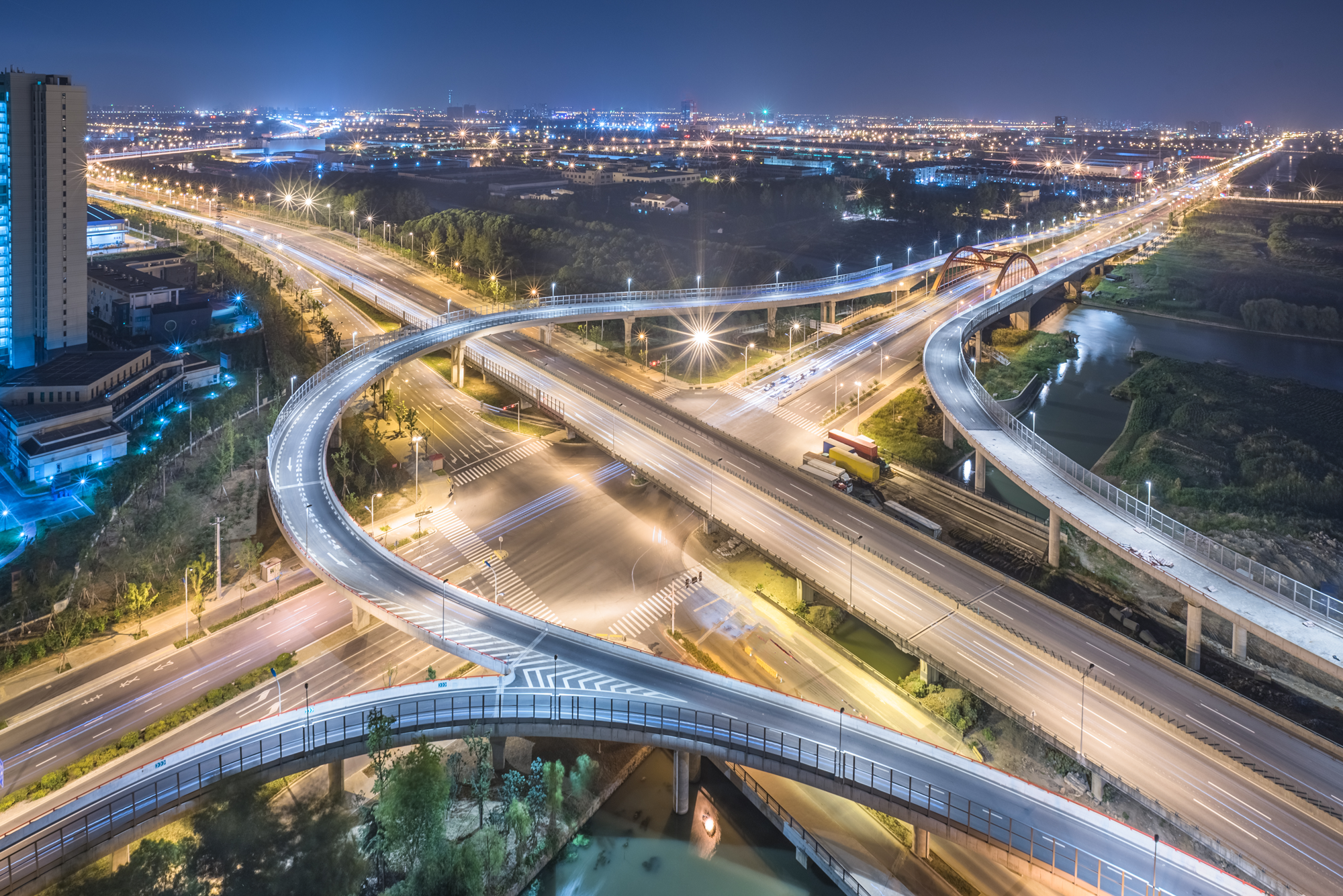What Are Smart Traffic Management Systems?
A vital aspect of modern smart cities is the deployment of integrated transportation solutions. Without an efficient traffic management system, a city’s intelligence framework is incomplete. Smart traffic management systems, also known as intelligent transportation systems (ITS), use connected technologies to alleviate congestion and enhance road safety by offering an organized, streamlined approach.

The Technology Powering Smart Traffic System
Smart traffic systems rely on cutting-edge hardware and software that cities can integrate into existing infrastructures to improve road safety and traffic flow. These systems optimize traffic management using IoT sensors, artificial intelligence (AI), and machine learning (ML) to enhance city transportation.
Smart Traffic Sensors
IoT sensors provide critical data for intelligent traffic systems, enabling deeper analysis and actionable insights. Common sensors used in these systems include:
- RFID tags
- Automatic Identification and Data Collection (AIDC) tags
- Temperature and air quality sensors
Cloud computing and edge processing are key to handling the vast amounts of data these systems generate.
Connected Video Monitoring
An integral part of smart traffic management is video detection systems, also known as Traffic Incident Management Systems (TIMs). These systems deliver real-time traffic insights using high-definition video, image detection, and recognition technologies to improve traffic flow and safety.
Intelligent Traffic Light Systems
Unlike traditional traffic lights, smart traffic lights integrate AI and ML to adjust in real-time based on factors like vehicle speed, pedestrian movement, and wait times at intersections. These systems leverage technologies like computer vision, optical character recognition (OCR), and reinforcement learning to optimize the movement of traffic.
Top 5 Advantages of Smart Traffic Management Systems
Predictive Insights
Smart systems provide valuable data that helps cities assess road usage, vehicle flow at intersections, and other critical metrics, aiding in more effective urban planning.
Enhanced Safety
With advanced sensors, smart traffic systems greatly improve road safety. For instance, public transport vehicles equipped with sensors can communicate with traffic signals to improve safety and efficiency.
Cost Savings
Intelligent traffic systems reduce the occurrence and impact of road accidents, saving billions in repair, medical, and other related costs.
Faster Emergency Response
Optimized traffic conditions mean emergency vehicles can reach their destinations quicker, and real-time data helps manage large-scale emergencies more efficiently.
Reduced Emissions
By easing congestion and promoting better route management, smart traffic systems contribute to significant reductions in CO2 emissions, supporting a greener urban environment.

